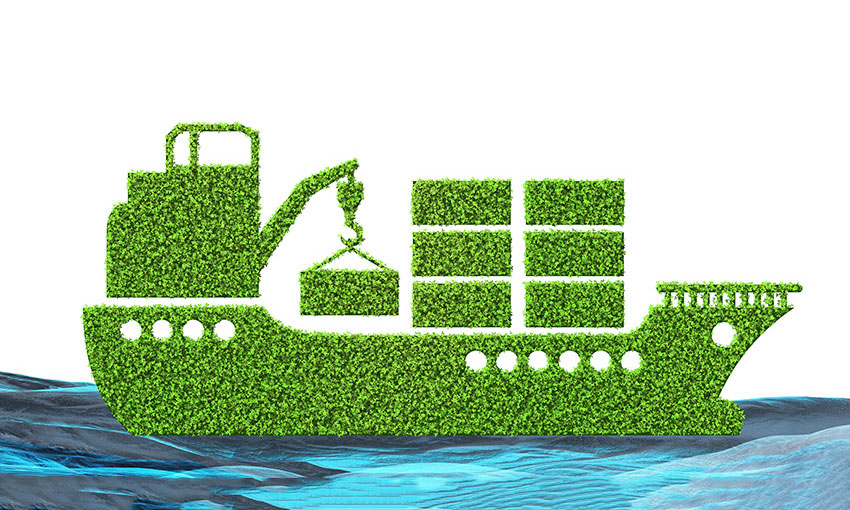THE VICTORIAN government, along with industry, will co-design policies, regulations, infrastructure and technology to accelerate the development of sustainable mobility.
In a statement the government said the Department of Transport and Planning hosted a freight decarbonisation summit, which connected government, industry and operators to identify obstacles and fast-track developments.
“Access maps will reduce the need for structural assessments on a permit-by-permit basis for operators of approved vehicles – saving time, cutting red tape and cost burdens on the heavy vehicle industry,” the government said in its statement.
“The first map centres will be on a new Volvo electric semi-trailer, allowing the manufacturer to start offering this combination for use on the approved network by local operators to super-charge a shift towards more sustainable heavy vehicles.”
The National Heavy Vehicle Regulator is developing a Future Heavy Vehicle Roadmap to provide a blueprint so the Australian heavy vehicle industry can further plan.
The state government has set interim emissions reduction targets of 50% against 2005 levels by 2030 and a 75-80% reduction by 2035.
State minister for ports and freight Melissa Horne said: “Achieving substantial reductions in transport sector emissions means we need to rapidly reduce our petroleum-fueled vehicle fleet and shift freight to rail while we transition to zero emissions vehicles (ZEVs) powered by clean energy.
“Today’s summit shows Victoria is forging a path to drive energy transition in the freight sector, accelerate the uptake of ZEVs and encourage mode shift across our transport network as we zero-in on decarbonisation.”





